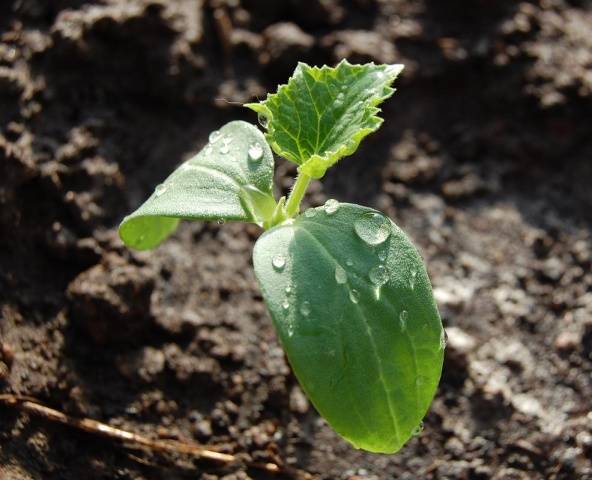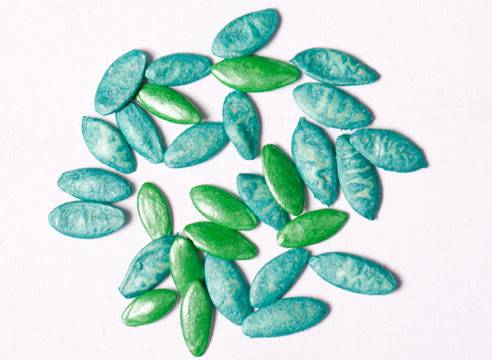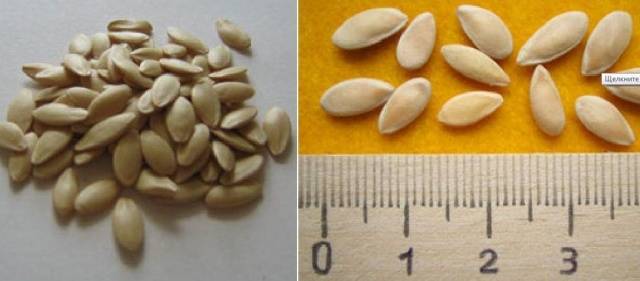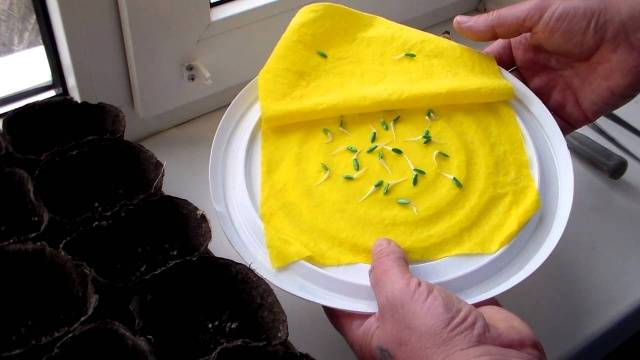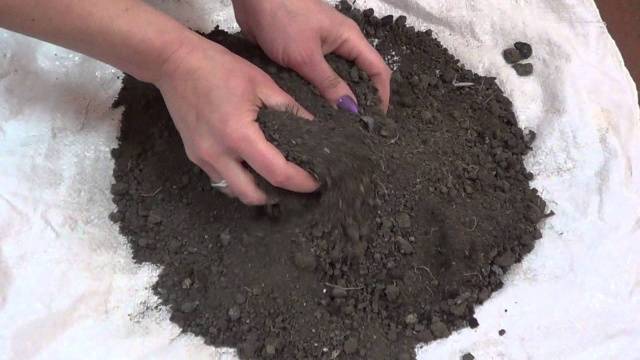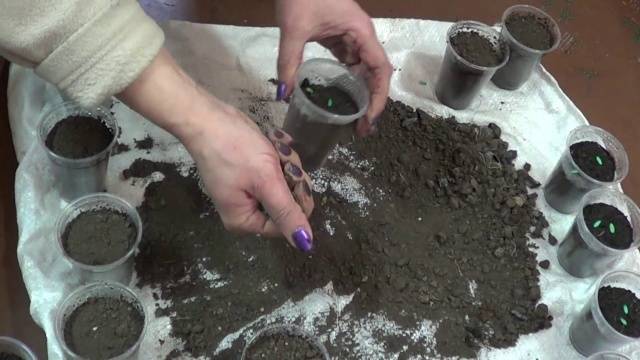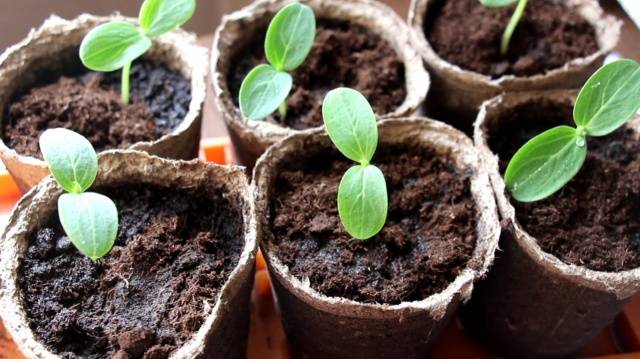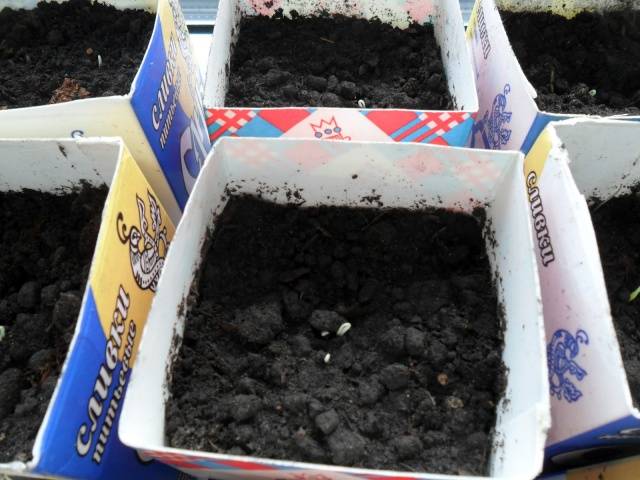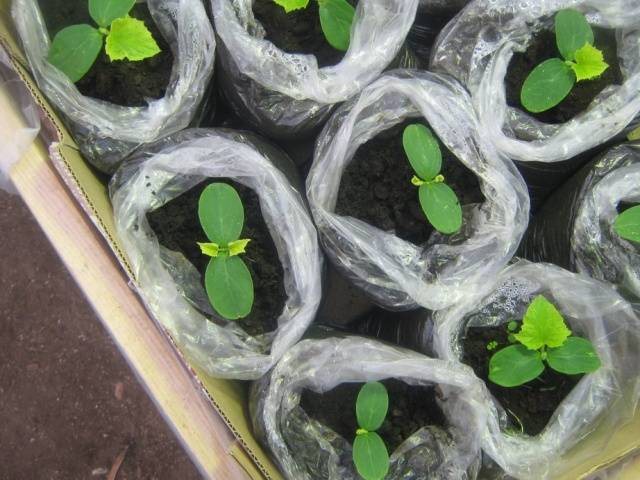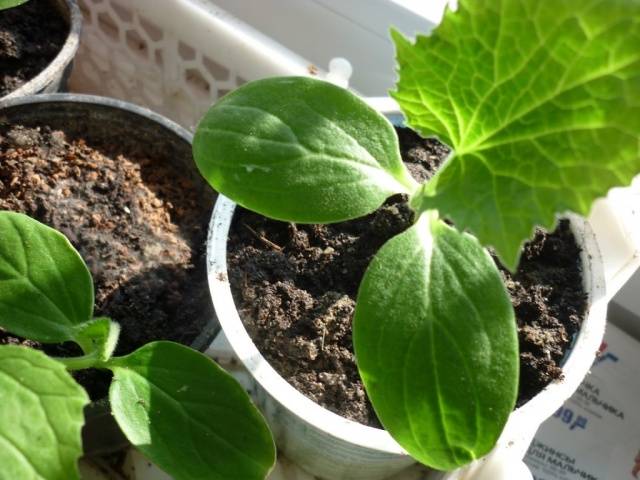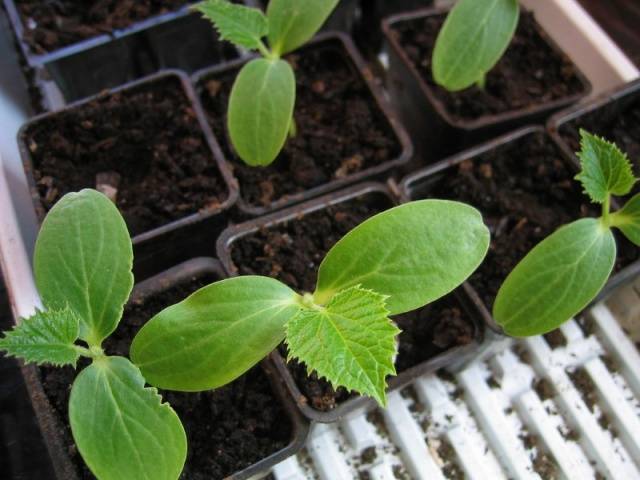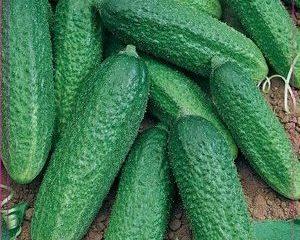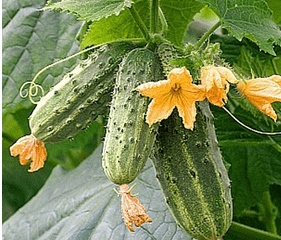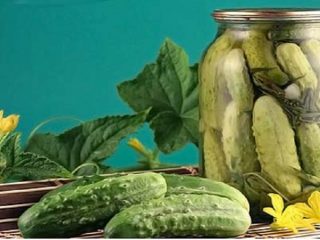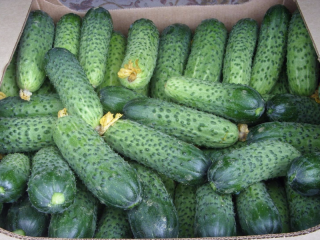Content
Cucumbers are one of the oldest vegetable crops, dating back more than 6,000 years. During this time, cucumber has become a favorite of many, because it is a dietary product that does not contain fats, proteins and carbohydrates. Cucumbers are rich in potassium and other useful microelements; most of the vegetable is water, which is similar in composition to distilled water, but much more healthy. All this helped cucumbers to become an indispensable product for many dishes, preservation and even cosmetology.
Seed selection
You can buy cucumber seeds; this is the easiest and fastest way. Such seed material is already protected from most diseases and treated with antifungal and antibacterial drugs. There are two types of seeds:
- processed;
- granular.
Treated seeds do not need additional protection; they are enveloped in a thin film of fungicides and antibiotics. A granulated seeds additionally covered with a thick layer of nutrients - they can be immediately planted in open ground; the young plant will have enough useful substances contained in the granule.
Another option is to collect seeds from your own harvest.
To do this, several of the best cucumbers from the previous harvest are kept in the garden; only the yellowed vegetable is considered ripe and ready to collect seeds.
The seeds are washed and dried, but they are not suitable for planting next year. The best material is considered to be seeds 2-4 years old; they give the highest germination rate and large yield.
When you plan to transplant seedlings into the ground, it is better to choose bee-pollinated varieties of cucumbers. For a greenhouse, you may prefer parthenocarpic or self-pollinating varieties.
Another important factor is the time of planting seedlings in the ground. The soil for cucumbers must be moist and warm; they do not tolerate cold and die. In many regions of Russia, warmth sets in by the end of May, so you need to sow seeds for seedlings at the beginning of the month - they ripen in 22-25 days.
Seed preparation
It is best to plant only hatched seeds, because the sprouts are very fragile and easy to break off.
Seeds collected with your own hands should be discarded - throw away uneven and too small seeds. The seeds are then placed in a strong manganese solution and left for 30 minutes, after which they are washed with water. Seeds can be saturated with useful substances from ash - ordinary wood ash dissolves in water, the seeds are immersed in this mixture for a day or two.
The washed seeds are placed on a moistened napkin and left until germination in a warm place (28-30 degrees). Radiators and batteries are ideal. When the sprouts reach 2-3 mm, they can be hardened - placed in the zero chamber of the refrigerator. But this is only necessary for early seedlings, which still run the risk of frost.
Soil preparation
In order for the yields to be high and the cucumbers not to get sick, the soil for seedlings must be prepared the same as the one in which they will subsequently be planted. That is, it would be correct to collect soil for pots with seedlings from the same area where the owner plans to transplant the seedlings.
Only before planting seeds does this land need to be disinfected and enriched. Experienced gardeners recommend the following:
- Remove only the top, turf, layer from the ground.
- Mix this soil with peat, humus, sand and sawdust. Soil for cucumber seedlings should be loose, moisture-absorbing, with good ventilation and drainage.
- Enrich the soil with ash and nitrophoska.
- Spread the soil into the pots, filling them not completely, but 23 full.
- Pour the soil thoroughly with a weak solution of manganese.
Because of the bacteria and fungi contained in the soil, cucumbers most often get sick. Some owners freeze the soil, others heat it in the oven. The best option is to warm the soil over steam. Thus, harmful microorganisms will die, but beneficial ones will remain.
Of course, the easiest way is to buy ready-made soil for seedlings of vegetables or cucumbers. But cucumber seedlings are very fragile and painful; it is better to plant them in soil whose composition is close to where they will be transplanted.
Selecting containers for seedlings
Since cucumbers do not tolerate transplantation very well, you need to choose disposable containers for seedlings. These can be plastic, paper or peat cups.
The latter dissolve in the soil, enriching it, so the seedlings are not removed from them, but placed in the ground along with a glass.
It is better to cut plastic and paper pots, this makes it easier to get the roots of the seedlings. If the seeds were sown in a common large container, it will be very difficult not to damage them during transplantation. It is still correct to choose individual containers for cucumber seeds.
Sowing seeds
Place two seeds in one pot.
The cups with soil are left for several days so that the earth is compacted (you cannot specially compact the soil with your hands, it will become too dense). You also need to water the soil with water with manganese in advance - 2-3 days in advance. And just before planting the seeds, pour a little warm water into each pot.
The seeds are laid horizontally without pressing them into the ground. Sprinkle the seeds on top with sifted soil, burying them shallowly - 1.5-2 cm. Now the seeds can be watered a little, or better yet, sprinkled with warm water. Cups of seedlings are placed under film until the first green shoots appear. Place the seedlings in a warm place, the temperature should be maintained around 28-30 degrees.
Seedling care
Properly grown seedlings are the key to a high and early harvest. Only strong and healthy cucumbers will be able to quickly take root in a new place and begin to bear fruit.
Therefore, it is very important to monitor the condition of the seedlings by following the following rules:
- There should be no sick, lethargic or infected plants among the seedlings - these should be removed immediately.
- If two seeds are sown in each pot, the seedlings need to be thinned out. To do this, wait for the first two leaves to appear and choose a stronger plant with a thick trunk and dense leaves.The second cucumber seedling is removed; it will only interfere, taking half of the nutrients and moisture. In order not to damage the roots of a stronger plant, a weak seedling should not be pulled out; it is better to cut it off with scissors or pinch it off at ground level.
- It happens that cucumber seedlings begin to bloom very early - when the plants are not yet ready to be planted in the ground. In this case, you need to get rid of the first flowers, because they will draw out from the plant all the strength it needs to adapt to a new place. You can plant such seedlings in open ground or a greenhouse along with the rest; they will begin to bear fruit a little later, but will take root well and produce a stable harvest.
- Cucumber seedlings need light and warmth. However, direct sunlight is harmful to plants; they can burn thin leaves. It is better to choose bright windows for seedlings that are illuminated in the morning or afternoon. Lack of light leads to seedlings stretching; in these cases, artificial lighting is necessary.
- The night temperature for seedlings should be a couple of degrees lower than the daytime temperature, this will help the cucumbers acclimatize faster in a new place.
- You also need to water the cucumbers correctly: only with warm water and only in the morning. Water should not get on the leaves, and especially not stay on them overnight - this will lead to the plant becoming sick with powdery mildew or rot.
- Cucumber seedlings can be sprayed, but this must also be done in the morning.
These are all the secrets about how to properly grow cucumber seedlings from seeds. There is nothing super complicated in this matter, but all stages must be taken seriously, without missing out on the little things.
If you plant seedlings correctly, you can get your first cucumbers before your neighbors.
And in this matter, as you know, even a few days play a big role - the first vegetables are always in demand. However, it is better to combine seedlings with seeds; after all, transplanted cucumbers take root rather poorly. For a stable harvest for the entire season, you can combine two methods: plant seedlings of early varieties and sow seeds of later crops directly into the ground.
